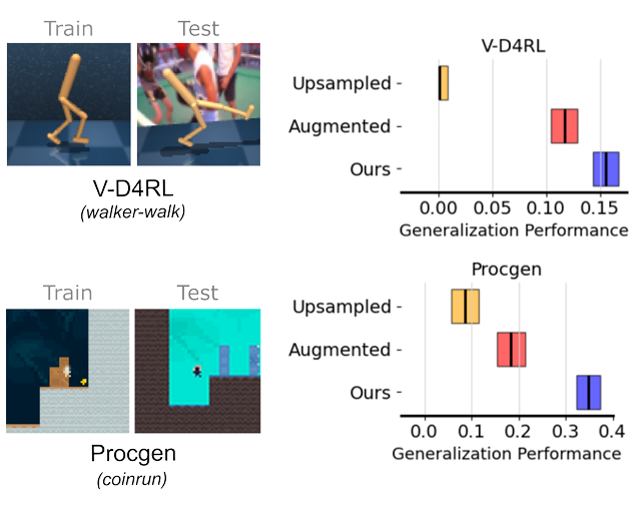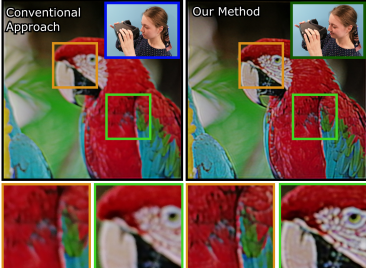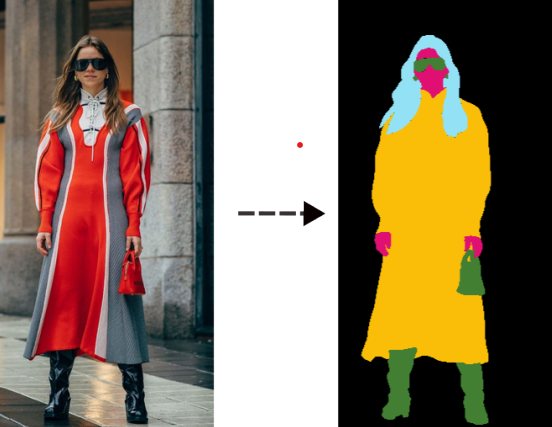I am a first-year PhD student in Computer Science at University College London, where I am interested in developing generalist agents that improve their capabilities through synthetic data. I am co-supervised by Ilija Bogunovic and Jack Parker-Holder, and I am a member of UCL DARK Lab. Before starting my PhD at UCL, I completed a year-long deep learning research internship at HUAWEI R&D in Cambridge, UK, and hold an MSc in Artificial Intelligence from Leeds University. I have many years of experience in motorsport engineering, but my true passion is in creating machines that can think rather than race.
Publications

Synthetic Data is Sufficient for Zero-Shot Visual Generalization from Offline Data
, Jack Parker-Holder, Ilija Bogunovic
ICLR 2025 Submission | paper

ChromaCorrect: Prescription Correction in Virtual Reality Headsets Through Perceptual Guidance
, Jeanne Beyazian, Praneeth Chakravarthula, Kaan Akșit
Biomedical Optics Express 2023 | paper | code | Best Poster Award UKRI AI CDT Conference 2023
Teaching Assistant Roles
- 2024/2025 Term 2 | COMP0258: Open-Endedness and General Intelligence
- 2024/2025 Term 2 | ELEC0141: Deep Learning for Natural Language Processing
- 2024/2025 Term 1-2 | COMP0016 Systems Engineering lab
- 2024/2025 Term 1 | COMP0213: Object-Oriented Programming for Robotics and AI
